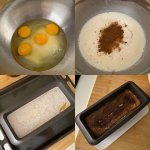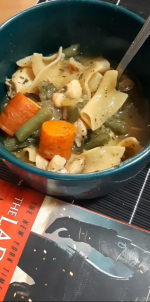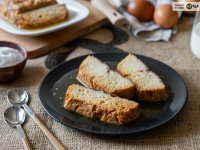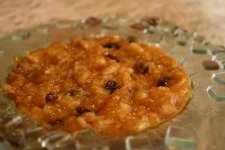Difficulty: Easy
Total time 50 m
Preparation 10 m
Cooking 40 m
For the caramel, heat the sugar, lemon juice and half of the water in a pan or saucepan. We do it over medium low heat and without touching the content at all. We only have to wait until it begins to change color as it caramelizes. The more time we have it, the darker the caramel will be.
When it reaches the desired point, we turn off the fire and add the rest of the water, just boiled.
This must be done very carefully as splashing can cause severe burns. When it stops sizzling, stir it until it is integrated and pour the caramel inside the mold in which we are going to bake the roasted milk.
For the base of the roasted milk, mix the eggs and sugar in a bowl. It is not necessary to beat, in fact it is preferable not to do so in order not to introduce air into the dough. Just dilute the sugar. Then add the vanilla essence, the ground cinnamon and stir again.

Pour the mixture into the mold with the caramel. We can pass it through a sieve to obtain a finer result, although this is optional. Place the mold in the oven, preheated to 190ºC with heat up and down, and bake for about 40 minutes or until, by pricking with a toothpick, we see that it is curdled.
We wait until the roasted milk is tempered to be able to take it to the refrigerator where we let it cool for a few hours, even better if it is overnight. Then we unmold it and serve it, very fresh, as is or with chopped fruit, fresh mint, ... to taste.





